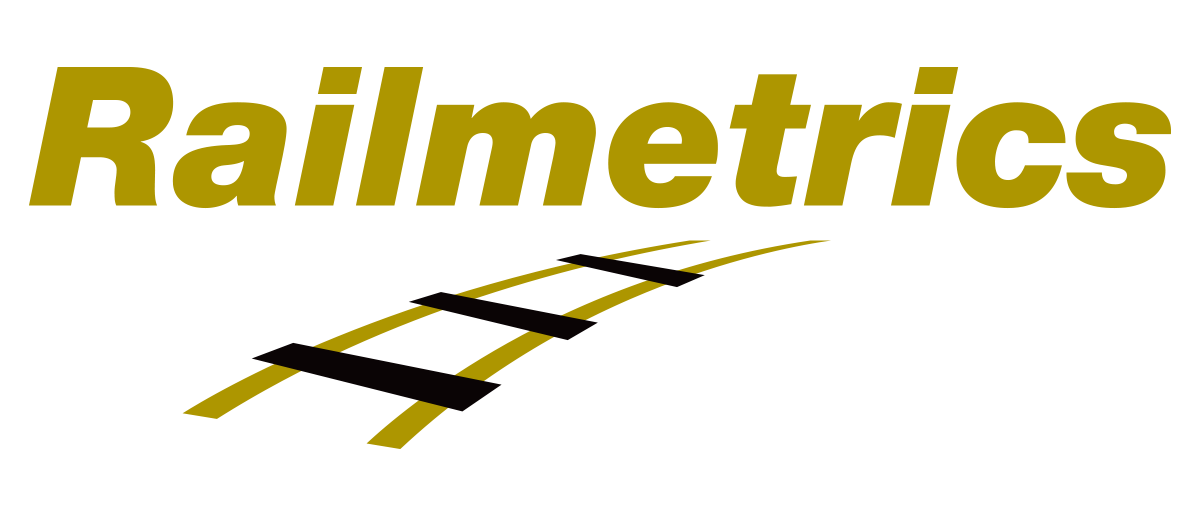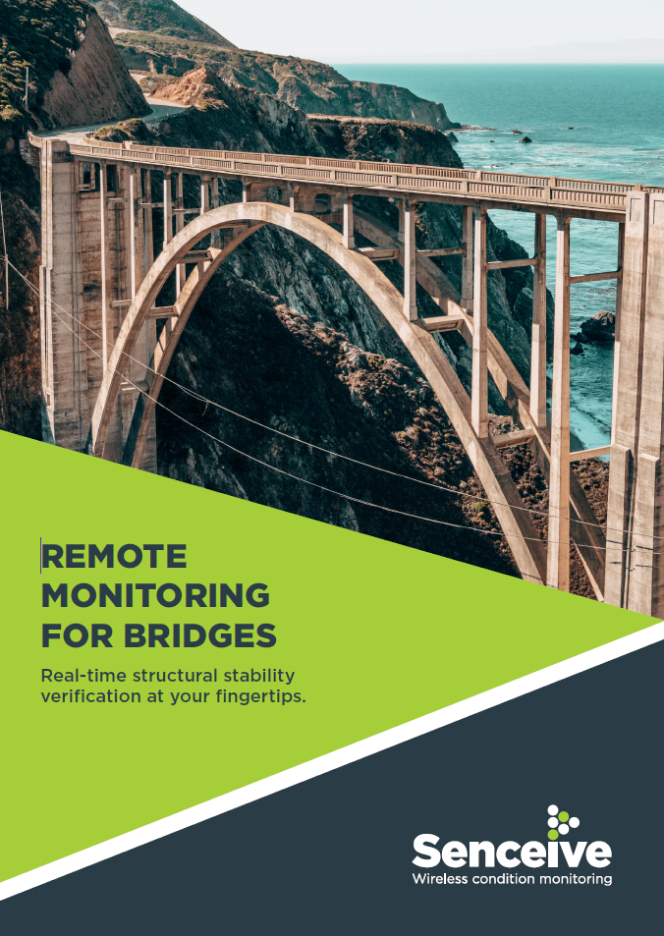With easy to access, reliable and near-real time structural and geotechnical data, our wireless bridge monitoring technology empowers engineers to make critical decisions and plan responses to protect at-risk assets and their users.
We recognise that every project is unique. Our bridge monitoring solutions are highly flexible and can be used with varying combinations of sensors and mounting brackets, so whether your structure is old or new, built of brick, stone or steel, and whether it is a minor culvert or a long-span river crossing, there will be a solution to fit.
Senceive monitoring solutions are highly complementary with bridge inspection and maintenance programmes and with other data sources such as visual inspection, non-destructive testing (NDT) and geospatial survey, for example using laser scanners (AMTS).

What information can remote bridge health monitoring provide?
Wireless remote condition monitoring can be used as a quick and simple solution in a short-term monitoring project, or left in place for more than decade for structural health monitoring. Here are some possible applications:

Use our Optical Displacement Sensors (ODS) with combined tilt sensor and laser extensometer to measure rotational and lateral movements in supporting structures such as piers, abutments and retaining walls. Understand the development of bridge defects and the effects of bridge strikes, foundation failures, corrosion, excessive loading or material deterioration, for example, due to corrosion or water ingress.
Use a chain of triaxial tilt sensors on beams along the bridge deck to measure relative settlement due to scour damage or foundation failure, or use ODS sensors at the bottom of the deck and aim at a fixed location to check for deflection.


Measure arch deformation using a combination of ODS and triaxial tilt sensors to measure convergence/divergence and check for compression/decompression.
Make use of our Digital Interface Node and our sensor interface range, to monitor movement of cracks or bridge joints. Use the same digital interface node to automate logging of geotechnical instruments such as in-place inclinometers (IPIs), extensometers or piezometers to understand the relationship between ground conditions and structural performance.

Discover more about our wireless solutions
Advantages of wireless monitoring for bridges:
Early warning and pinpointing of defects enables targeted, cost-effective intervention and increased safety.
High-frequency reporting enables smarter management – allowing you to extend the period between maintenance to extend asset life.
Fewer bridge inspections, means reduced risk to engineers and cuts carbon emissions.
Bridge monitoring projects & case studies


How wireless tilt sensors played a key role in monitoring the stability of an existing railway bridge during adjacent construction activity
Download our bridge
monitoring brochure













